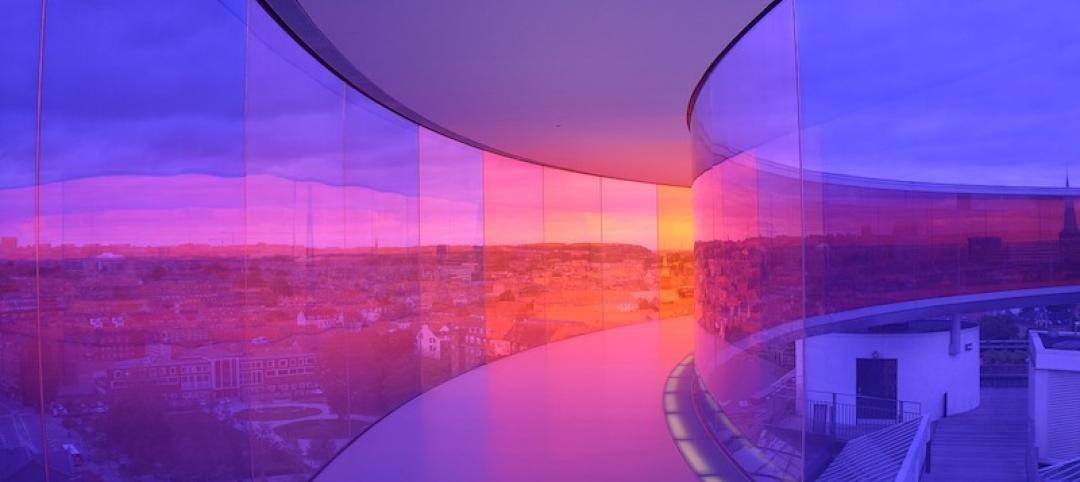Zero energy buildings are on the rise in some areas, but barriers that are retarding their spread nationwide remain.
That’s the conclusion of a new report, “Pathways to Zero Energy Buildings through Building Codes,” by the American Council for an Energy Efficient Economy. One barrier is a “solar-only” mindset where an owner adds solar to a building but gives short shrift to energy efficiency.
Debate over whether community renewable energy options should be favored over on-site renewable generation in net zero buildings is another barrier. The report says that zero energy can be accomplished with both power-generation strategies. Buildings can be made zero-energy ready, with generation added later.
Disinterest in energy-efficient or zero energy buildings still exists in many regions. Code improvements and voluntary programs could help overcome that barrier. Code updates could focus on specific building equipment, such as improving management of plug-load energy use, increasing HVAC efficiency, or including solar-ready roofing and connections. They could also be used to improve performance path scores or create an outcome-based performance path.
Related Stories
Codes and Standards | Aug 11, 2021
Decentralized approach to codes means emissions reduction responsibility falls on local officials
Efficiency advocates focusing more on local code amendments.
Codes and Standards | Aug 10, 2021
Dept. of Energy issues model energy code determinations for commercial, residential buildings
2021 IECC offers 9.4% site energy savings.
Digital Twin | Aug 9, 2021
Digital Twin Maturity white paper offers guidance on digital twin adoption
Provides lifecycle map and an approach for incorporating digital twins.
Codes and Standards | Aug 5, 2021
Contractors can be liable for building failures many years after project completion
Personal injury suits could be brought decades after substantial completion.
Codes and Standards | Aug 4, 2021
Mass timber is a natural choice for building recycling through deconstruction
Designing wood buildings to optimize recovery of materials for disassembly aids carbon sequestration.
Codes and Standards | Aug 3, 2021
Dept. of Energy releases initial version of the Spawn of EnergyPlus software
Targets new use cases in advanced controls, district systems, and grid integration.
Codes and Standards | Aug 2, 2021
Several U.S. cities among most expensive places to build in the world
San Francisco, New York, and Boston head the domestic list.
Codes and Standards | Jul 28, 2021
American Concrete Institute creates new director of innovative concrete technology post
Aim is to attract emerging technologies for development.
Codes and Standards | Jul 28, 2021
Higher ed faces infrastructure backlog of $112.3 billion
Study recommends integrated strategic planning for best results.
Codes and Standards | Jul 27, 2021
Add a wobbly moon to flooding risk factors
Earth satellite’s orbit variations will lead to sunny-day flooding in the mid-2030s.

















